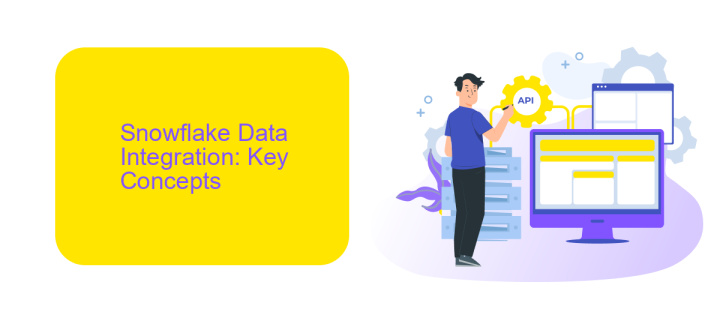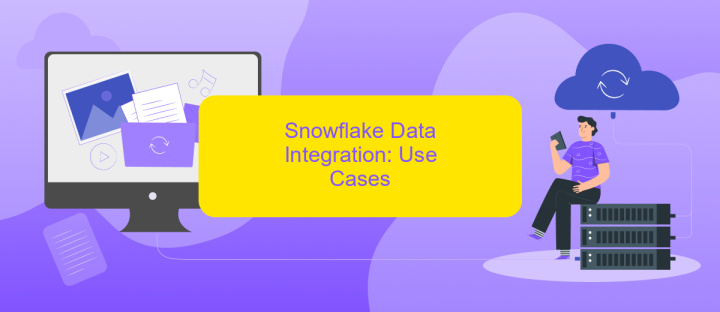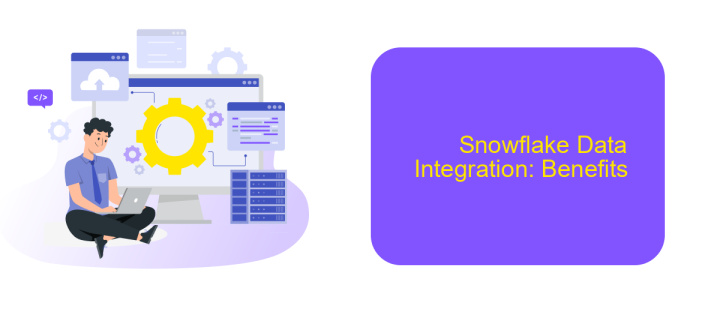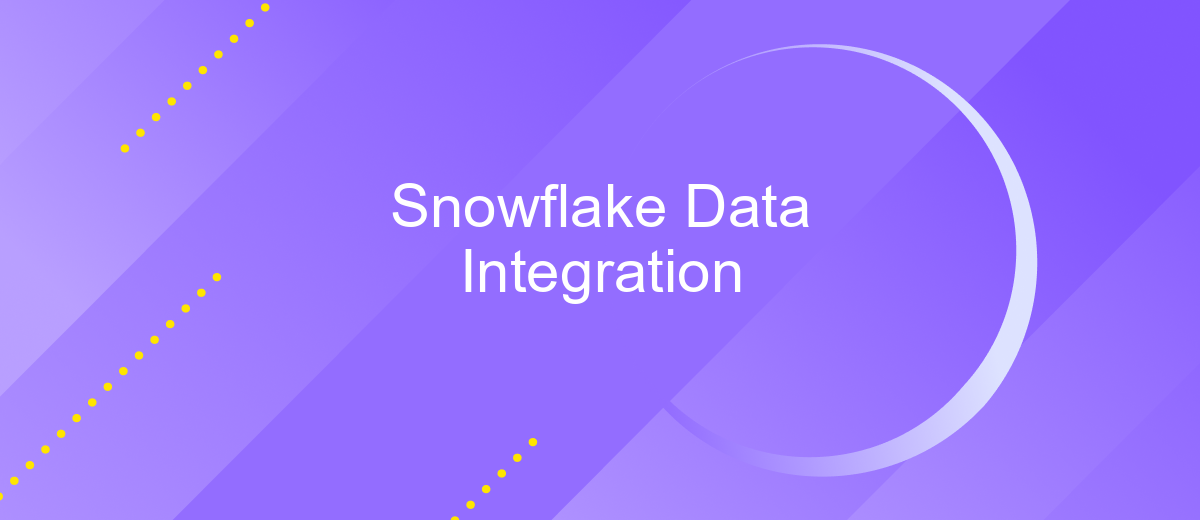Snowflake Data Integration
Snowflake Data Integration offers a powerful solution for businesses looking to seamlessly manage and analyze their data. By leveraging Snowflake's cloud-native architecture, organizations can integrate diverse data sources, ensuring real-time access and enhanced data governance. This article explores the key features, benefits, and best practices for optimizing your data integration strategy using Snowflake, helping you unlock the full potential of your data assets.
Introduction
Snowflake Data Integration is a powerful solution that enables businesses to unify their data across various platforms seamlessly. By leveraging Snowflake's cloud-based architecture, organizations can efficiently manage, analyze, and share data in real-time, fostering better decision-making and operational efficiency.
- Centralized data storage and management
- Real-time data sharing and collaboration
- Scalable and flexible cloud infrastructure
- Integration with third-party tools and services
One of the key advantages of Snowflake Data Integration is its compatibility with numerous data integration services, such as ApiX-Drive. ApiX-Drive simplifies the process of connecting different applications and automating data workflows, ensuring that data flows seamlessly between systems. This integration capability empowers businesses to harness the full potential of their data, driving innovation and growth.
Snowflake Data Integration: Key Concepts

Snowflake Data Integration involves the seamless connection of various data sources into the Snowflake platform, ensuring that data is readily available for analysis and reporting. Key concepts include data ingestion, transformation, and synchronization. Data ingestion refers to the process of importing data into Snowflake from multiple sources, such as databases, cloud storage, and streaming platforms. Transformation involves cleaning and structuring the data to make it useful for analysis, while synchronization ensures that the data remains up-to-date across all integrated systems.
To facilitate these integrations, tools like ApiX-Drive can be invaluable. ApiX-Drive offers automated workflows that connect Snowflake with numerous data sources, reducing the need for manual data handling and minimizing errors. This service supports real-time data transfer, ensuring that your Snowflake instance is always populated with the latest information. By leveraging such tools, organizations can streamline their data integration processes, enhance data quality, and improve overall operational efficiency.
Snowflake Data Integration: Use Cases

Snowflake Data Integration provides a robust platform for seamlessly connecting various data sources and applications, enabling organizations to harness the power of their data. By integrating data from disparate systems, businesses can achieve comprehensive insights and drive informed decision-making.
- Real-Time Data Analytics: Snowflake's integration capabilities allow for real-time data ingestion and processing, making it ideal for applications that require up-to-the-minute analytics.
- Data Warehousing: Snowflake excels in consolidating data from multiple sources into a single, unified data warehouse, facilitating easier data management and querying.
- Business Intelligence: By integrating with BI tools, Snowflake enables advanced data visualization and reporting, helping organizations to uncover trends and insights.
- ETL Processes: Snowflake supports efficient Extract, Transform, Load (ETL) processes, ensuring that data is accurately transformed and loaded into the system.
- Third-Party Integrations: Services like ApiX-Drive can be used to streamline the integration process, connecting Snowflake with various third-party applications and services seamlessly.
By leveraging Snowflake's data integration capabilities, businesses can ensure that all their data is centralized, accessible, and ready for analysis. The flexibility and scalability of Snowflake make it an essential tool for organizations looking to maximize the value of their data assets.
Snowflake Data Integration: Benefits

Snowflake Data Integration offers a seamless way to connect and manage data across multiple platforms. By leveraging its cloud-native architecture, businesses can ensure efficient data processing and real-time analytics.
One of the primary advantages of Snowflake is its ability to handle diverse data sources, including structured and semi-structured data. This flexibility allows organizations to unify their data landscape and derive actionable insights.
- Scalability: Snowflake scales effortlessly to accommodate growing data volumes.
- Performance: High-speed data processing ensures timely analytics.
- Security: Robust security features protect sensitive data.
- Cost-efficiency: Pay-as-you-go pricing model helps control costs.
For those looking to streamline their integration processes, services like ApiX-Drive can be invaluable. ApiX-Drive simplifies the setup of data pipelines, allowing for automated data flows between Snowflake and other applications. This enhances operational efficiency and ensures that data is always up-to-date.


Conclusion
In conclusion, Snowflake Data Integration offers a robust and scalable solution for managing and integrating data across various platforms. Its cloud-native architecture ensures seamless performance, while its support for diverse data formats and sources makes it a versatile choice for organizations of all sizes. The ability to effortlessly handle both structured and semi-structured data sets Snowflake apart from traditional data warehousing solutions.
Moreover, leveraging integration services like ApiX-Drive can significantly enhance the efficiency of setting up and managing data workflows within Snowflake. ApiX-Drive's user-friendly interface and extensive compatibility with multiple applications streamline the process, enabling businesses to focus more on data analysis and decision-making rather than technical configurations. Ultimately, combining Snowflake's powerful data integration capabilities with tools like ApiX-Drive can unlock new levels of productivity and insight for any data-driven enterprise.
FAQ
What is Snowflake Data Integration?
How can I automate data integration with Snowflake?
What types of data can be integrated into Snowflake?
Is coding knowledge required to integrate data with Snowflake?
How do I ensure data security during integration with Snowflake?
Apix-Drive is a universal tool that will quickly streamline any workflow, freeing you from routine and possible financial losses. Try ApiX-Drive in action and see how useful it is for you personally. In the meantime, when you are setting up connections between systems, think about where you are investing your free time, because now you will have much more of it.

